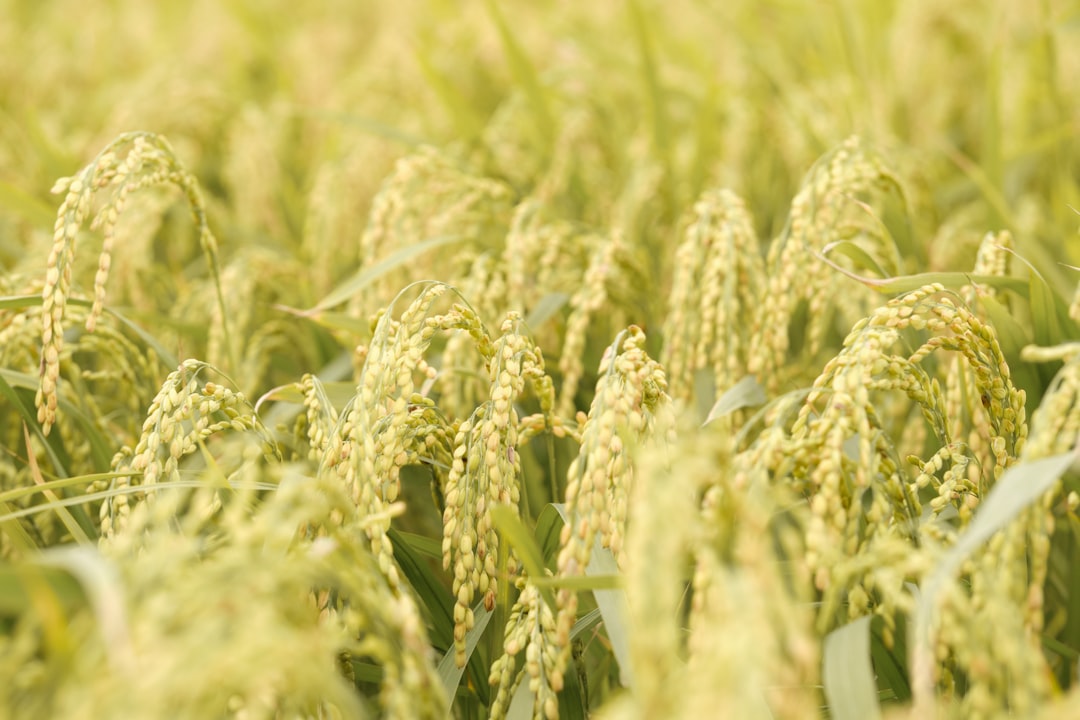What is it about?
In this study, biochemical and phytochemical compounds in the leaves of two wheat cultivars, one hyper-salt tolerant Ae. cylindrica genotype and their amphidiploids, grown under control and saline field conditions, were assessed.
Featured Image

Photo by Ant Rozetsky on Unsplash
Why is it important?
1- This paper presents one of the first comprehensive analyses of the polyphenols' antioxidant and protective salt stress-induced oxidative stress in plants. 2- The vigorous antioxidant activity and robust accumulation of phenolic compounds in the leaves of tolerant genotypes would imply greater sophistication in genetic diversity for the involvement of defense-oriented strategies to prevent the accumulation of intracellular free radicals generated under salt stress in plants.
Perspectives
The accumulation of phenolic compounds including flavonoids in wheat plants in response to salt stress coincides with a dual protective effect as an antioxidant against oxidative damage induced by the stress, and subsequently as the health-promoting compounds of edible plants.
Prof. Ahmad Arzani
Isfahan University of Technology
Read the Original
This page is a summary of: Polyphenols, Flavonoids, and Antioxidant Activity Involved in Salt Tolerance in Wheat, Aegilops cylindrica and Their Amphidiploids, Frontiers in Plant Science, March 2021, Frontiers,
DOI: 10.3389/fpls.2021.646221.
You can read the full text:
Contributors
The following have contributed to this page










